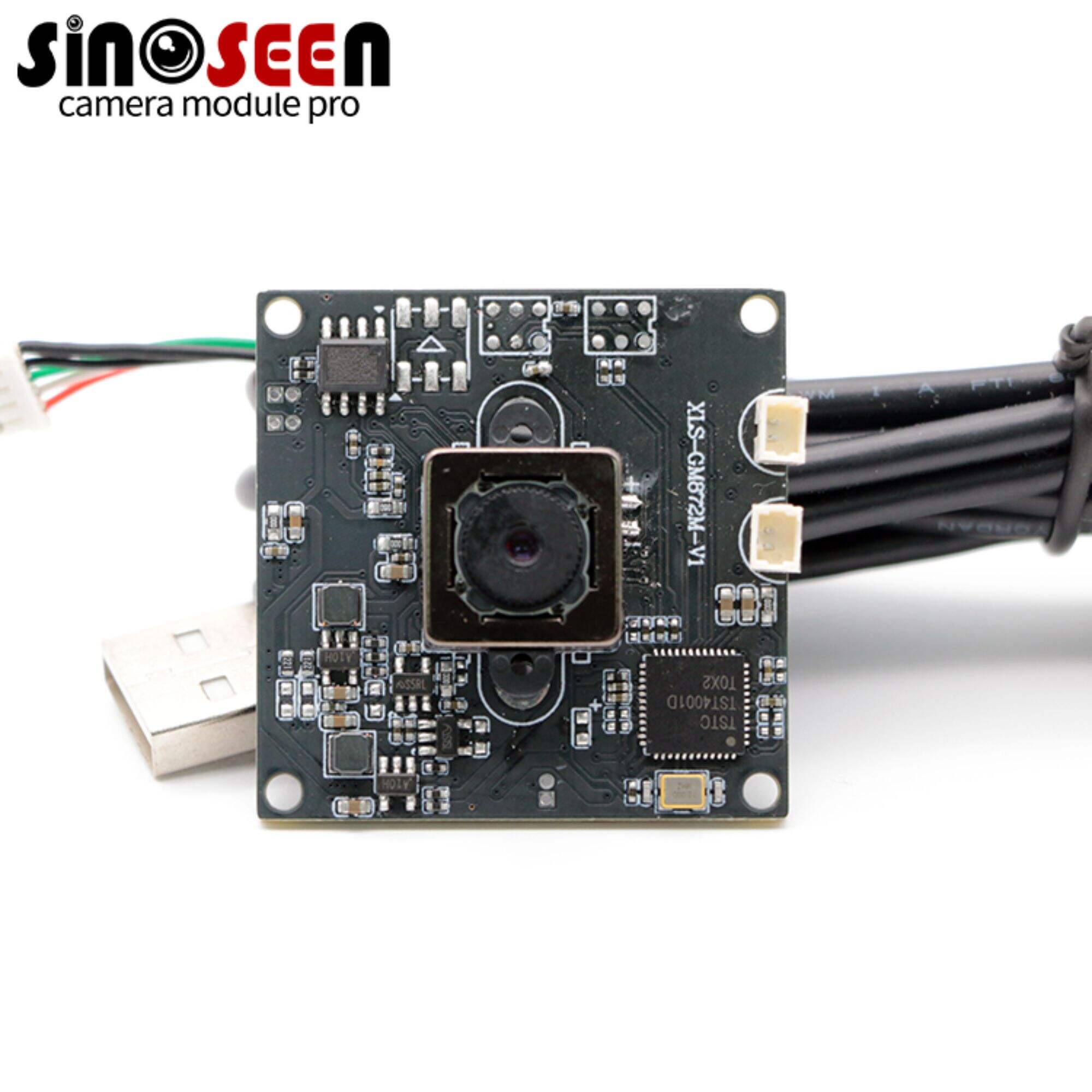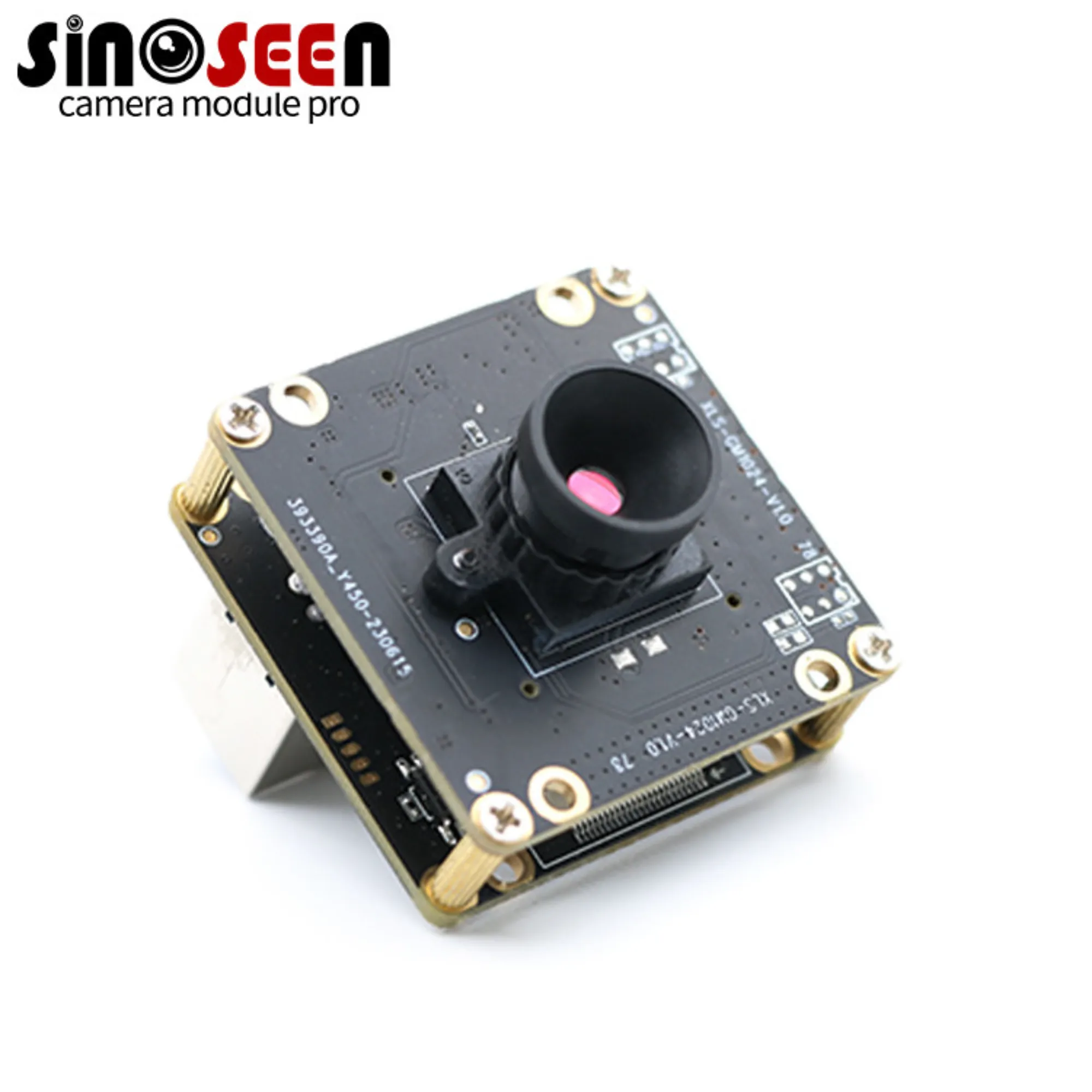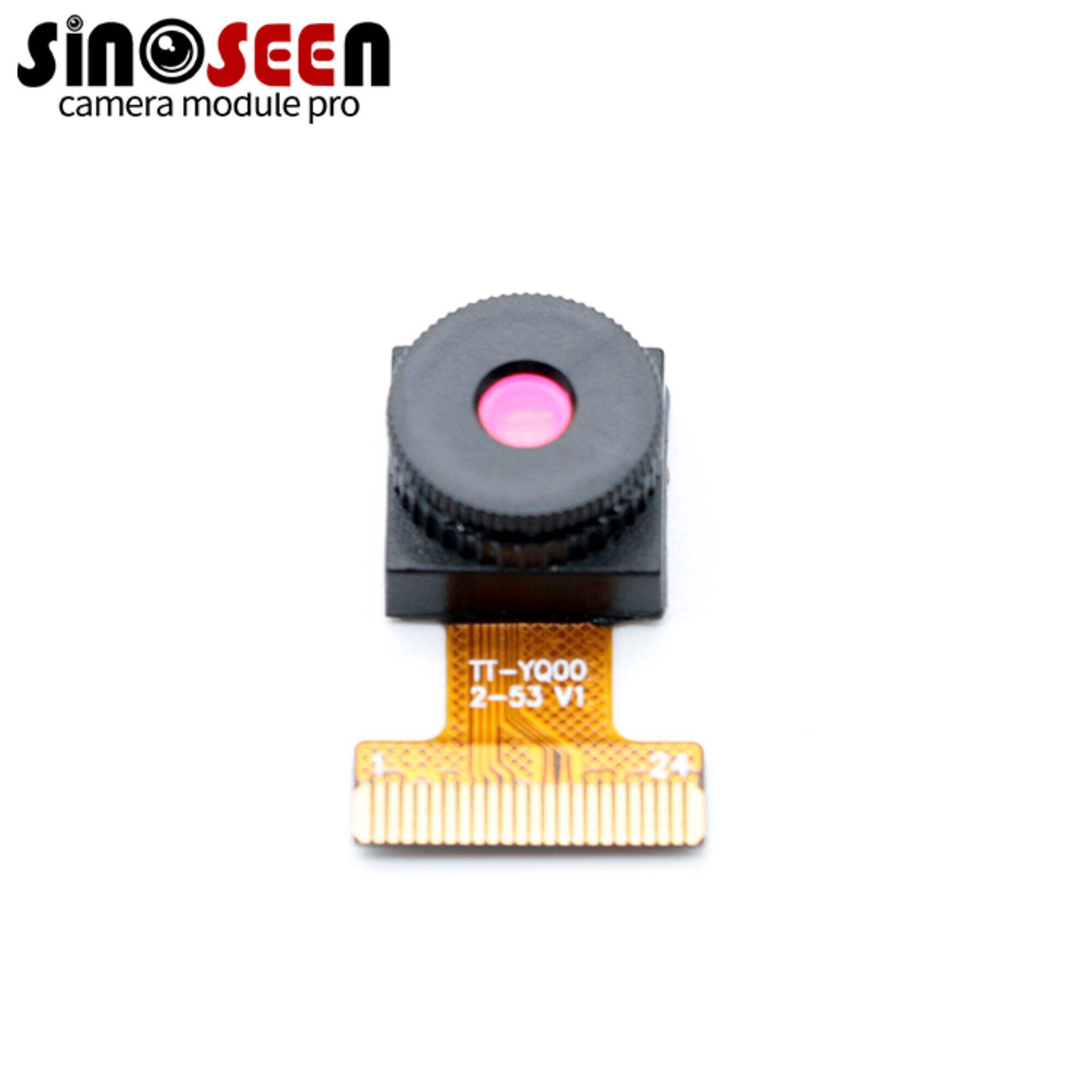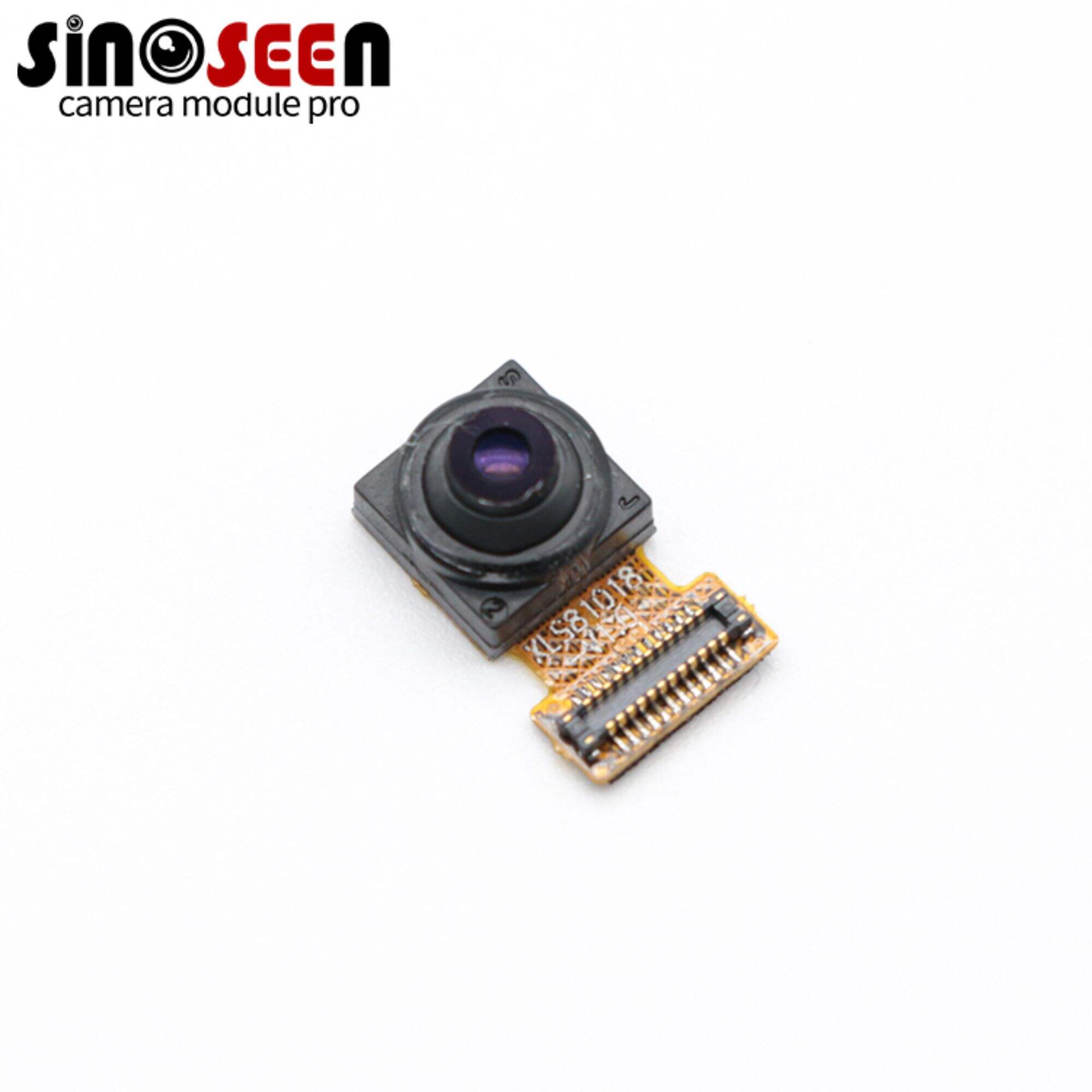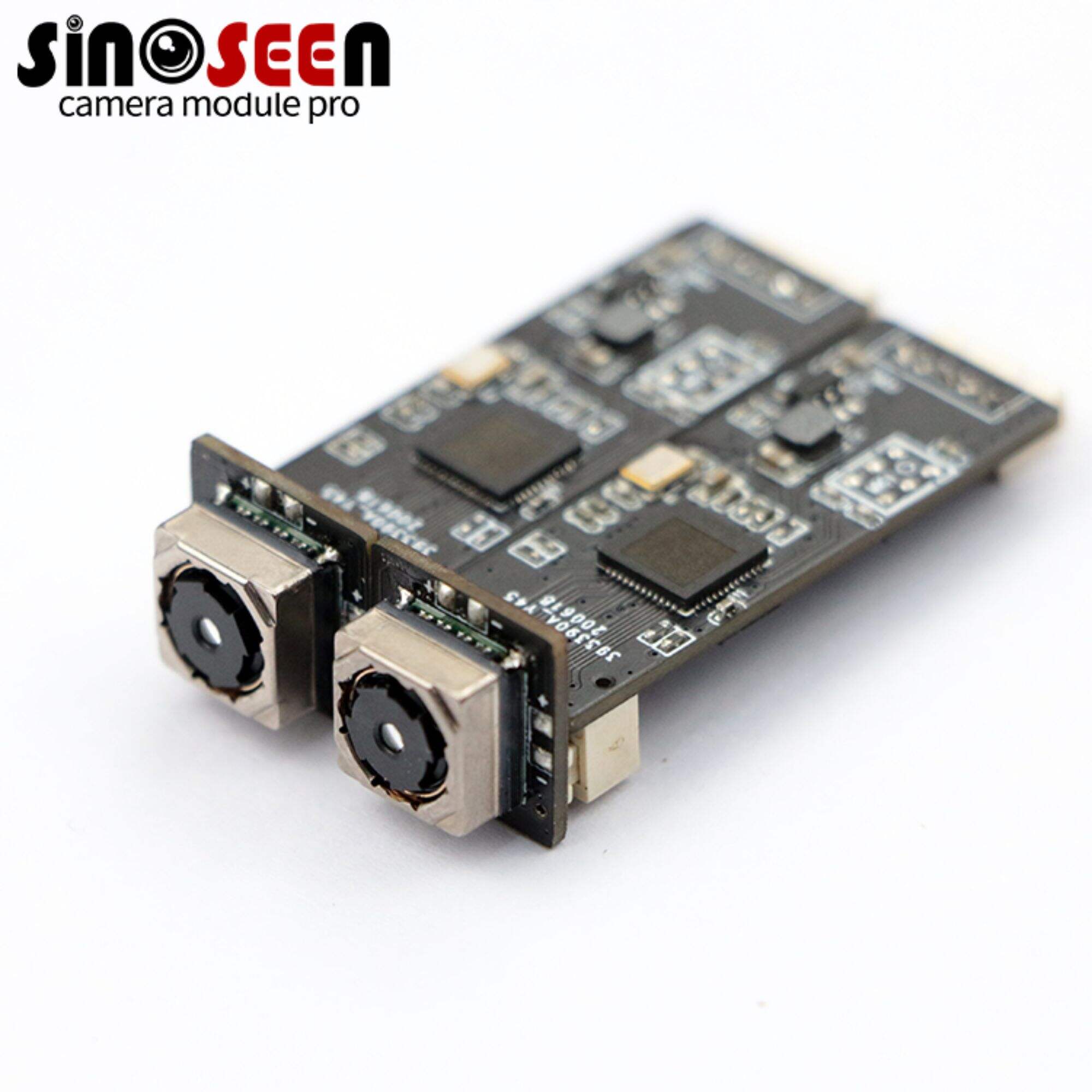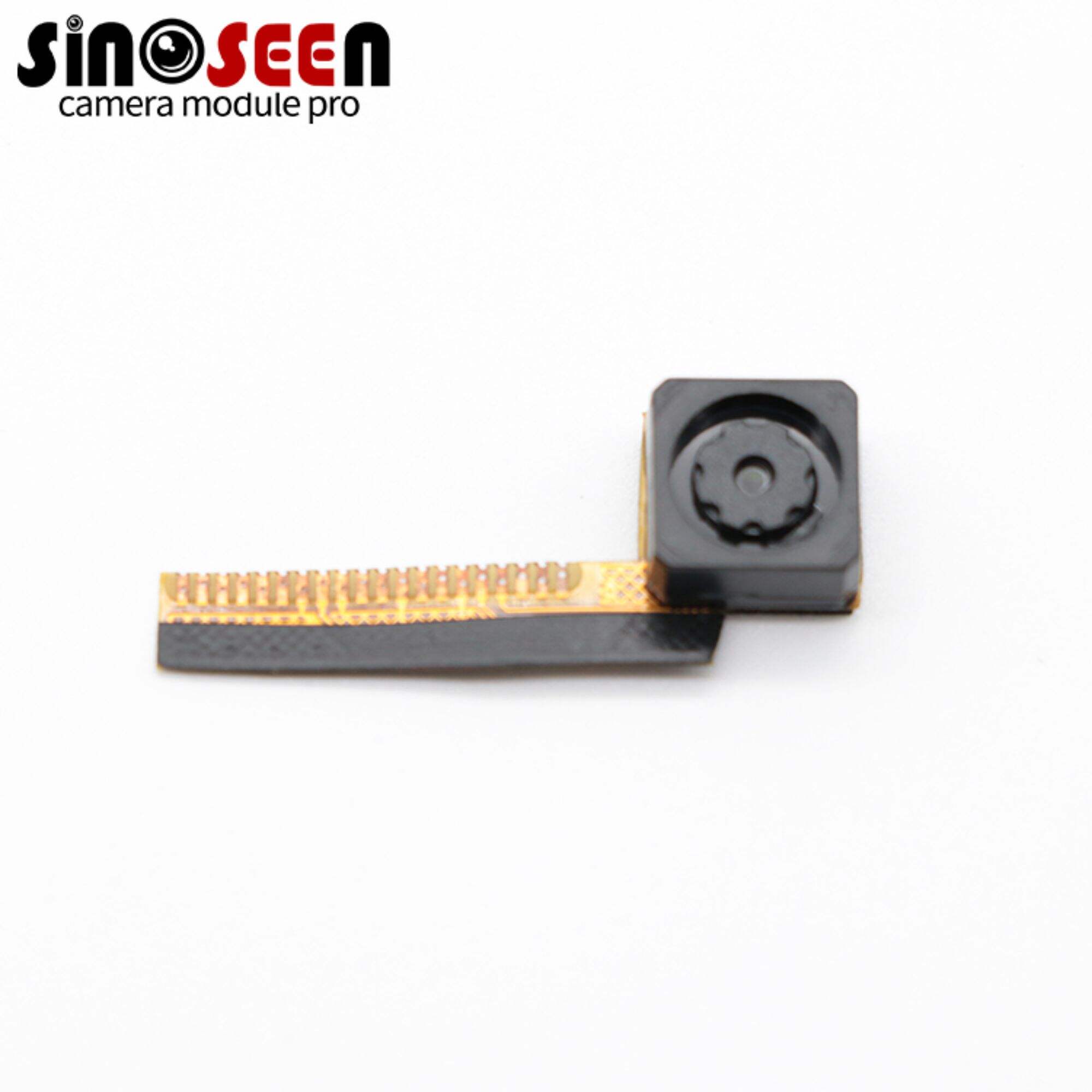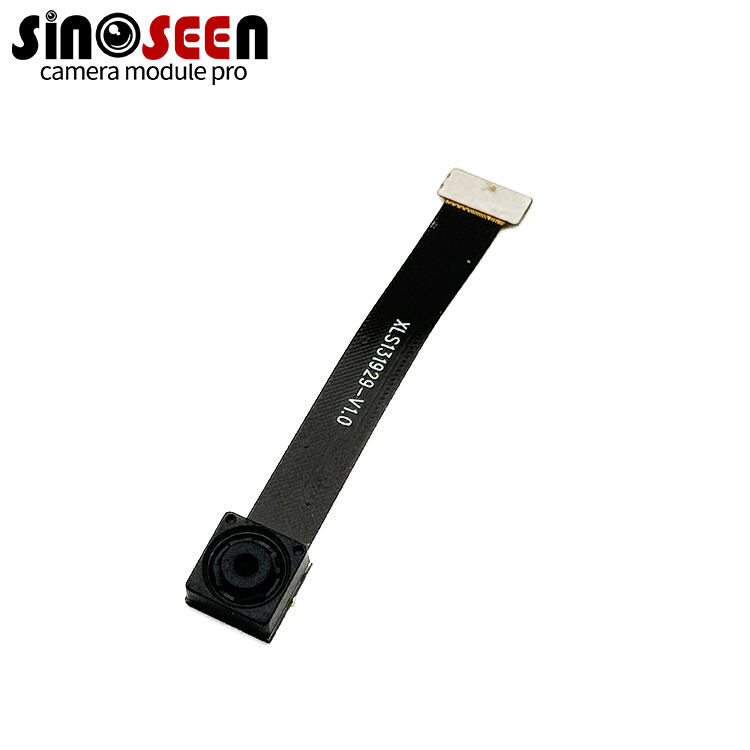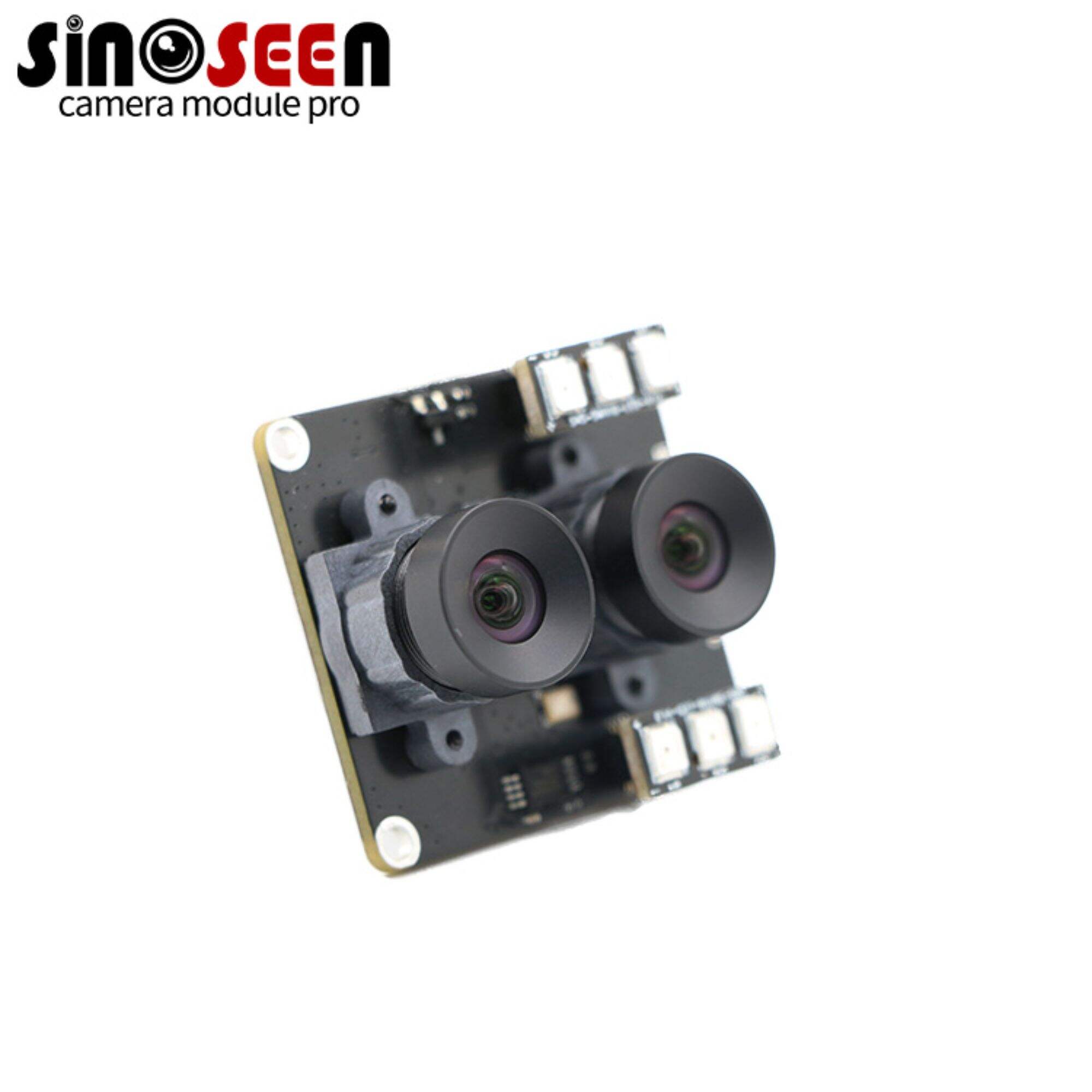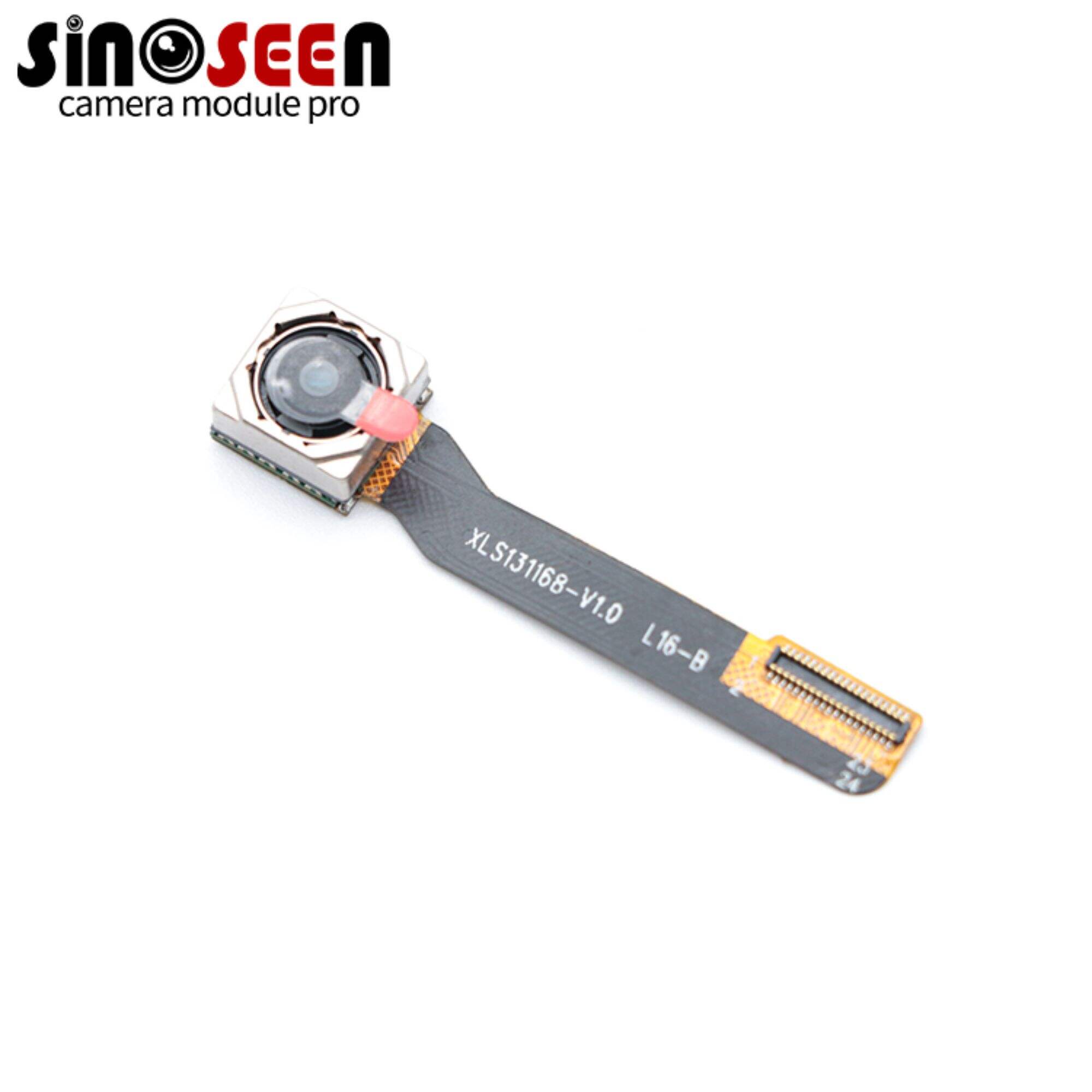What is an SPI Camera? Understanding Serial Peripheral Interface Cameras
Serial Peripheral Interface or SPI is a communication protocol used in embedded systems to connect processors with external devices like sensors, cameras and displays. SPI cameras use this standard for transferring image data.
In the world of embedded systems and electronic devices, SPI (Serial Peripheral Interface) cameras have gained significant popularity due to their simplicity.
The Basics of SPI Communication
Before moving onto the details of these SPI cams, let’s first grasp the main concepts of SPI communication. SPI is a synchronous serial communication protocol that allows devices to communicate to each others sharing data over short distances. Typically, it manifests itself through a master device (for example, microcontroller) and one or more slave devices (for instance, sensors or peripherals).
SPI communication relies on four essential signals:
- SCK (Serial Clock): This signal is created by the master gadget and it is considered as the synchronizing clock source for the data transfer process.
- MOSI (Master Out Slave In): The master gadget sends information to the slave gadget by this signal.
- MISO (Master In Slave Out): The slave device sends data back to the master device by using this signal.
- SS (Slave Select): This signal is the selection signal used to identify a particular slave device for the master to communicate with.
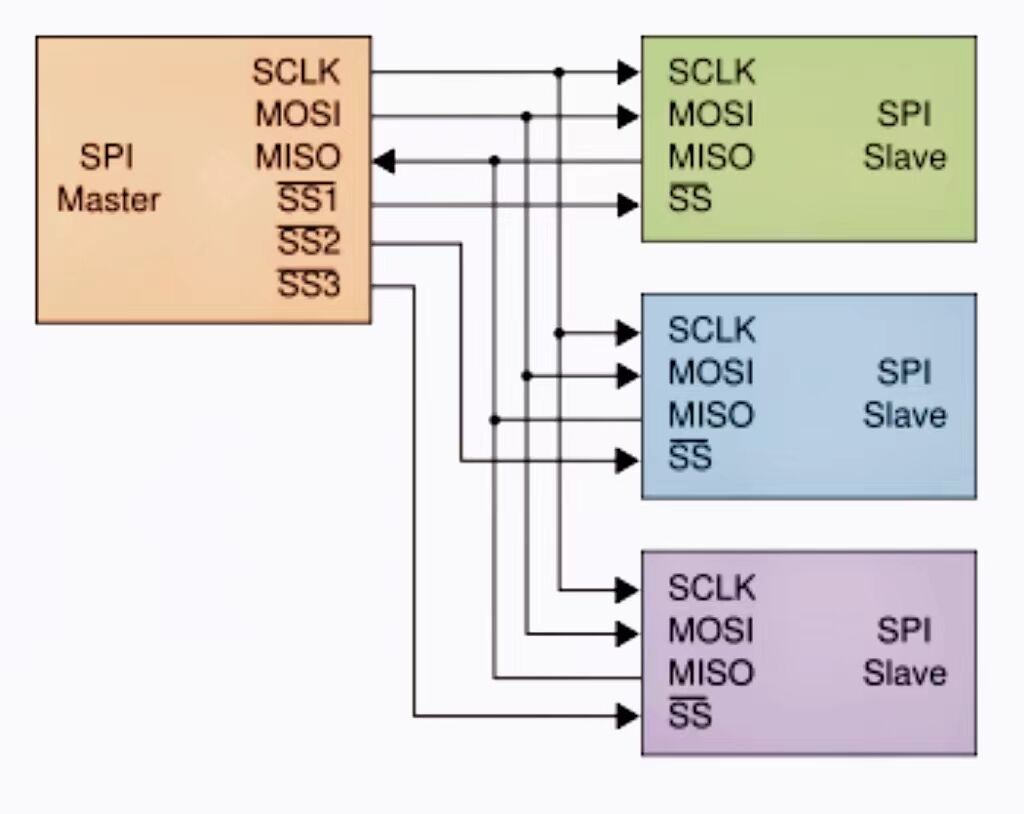
Understanding SPI Cameras
Now holding an idea how SPI communication operates, we shall further into this theme by delving into SPI cameras. A SPI camera Camera is a kind of a picture sensor module that has image sensor, lens and serial-cluster interface (SPI) integrated into a compact pack. These cameras are engineered to take an image or record a video and then send the data to the processor or microcontroller for further pinning down or storage operations.
SPI cameras offer several advantages that make them suitable for various applications:
- Simple Integration: SPI cameras have a simple communication protocol that uses only four wires - clock (SCLK), master output slave input (MOSI), master input slave output (MISO), and slave select (SS). This makes for simple connections and fewer pins. Therefore, it can be easily connected to existing systems.
- Compact Size:SPI cameras are compact as the interface takes up few pins compared to USB or GigE Vision cameras. This saves board space.So they can be easily integrated into portable devices, IoT (Internet of Things) devices, robotics, and other compact systems.
- Low Power Consumption: SPI cameras are designed to operate efficiently with low power consumption. This makes them suitable for battery-powered devices or applications that require energy efficiency.
- Real-Time Image Capture: SPI cameras can take pictures or video frames in real-time, thus they can be applied directly for studying or analyzing of the data in situ. This is important especially for systems that capture all kinds of surveillance, machine vision, object detections.
- Flexibility in Image Settings: For many SPI cameras, the available adjustable parameters may comprise resolution, frame rate, expose, and gain options. It is this fluidity that allows users to achieve the highest quality of images by adjusting to their particular requirements.
In addition to this, SPI cameras have many technical advantages:
- Communication is synchronous, with data exchanged on the rising/falling edges of a clock signal sent by the master processor.
- SPI supports multiple slaves using unique SS lines, allowing interfacing of multiple cameras/peripherals through one master.
- Transfer speeds range from hundreds of Kbps to tens of Mbps depending on clock speed - fast enough for many vision applications.
- SPI cameras require less external chips than USB/Ethernet and have simple, low-cost connectivity ideal for embedded use cases.
Integration and Software Support
Proper software support is necessary for the integration of the SPI camera.
Most SPI cameras have libraries or APIs (Application Programming Interfaces) with functions and commands built-in for camera operation, image capture, and settings adjustments. Such libraries are commonly used along with popular microcontroller systems and development tools which in turn, make the software integration procedure easy.
Moreover, some SPI cameras are also equipped with image processing functions inside the camera module, thereby lowering the system burden on the CPU or the host microcontroller. For instance, these cameras may contain functions like image compression, color adjustment, or even some first-level image analysis algorithms.
Conclusion
SPI cameras give a ready-to-operate and multi-purpose answer for passing photos or video in the embedded systems. In fact, their simplicity and designed for low power consumption, real-time capabilities are also compatible with numerous applications. Ranging from establishing a surveillance system to building machine vision applications or the IoT projects, the SPI cameras are a low-cost and convenient device that solve these problems. In case of engineering in and the software support SPI camcorders, the opportunities of visually images capturing and analysing in your embedded vision system are illimitable.
Sinoseen has a wealth of experience in camera design and manufacturing, and can provide you with the most professional consultation and support, by understanding your application needs, to provide you with the most suitable embedded vision solutions. If you need, please feel free to contact us.
FAQ
Q1:What is SPI communication, and how does it relate to SPI cameras?
SPI communication is a protocol used in embedded systems for data exchange between devices. SPI cameras utilize this protocol to transmit image data to processors or microcontrollers for further processing or storage. This FAQ addresses the basic understanding of SPI communication and its relevance to SPI cameras.
Q2:What are the advantages of using SPI cameras in embedded systems?
SPI cameras offer several advantages, including simple integration due to minimal wiring requirements, compact size suitable for portable devices, low power consumption ideal for battery-powered applications, real-time image capture for surveillance and machine vision, and flexible image settings for optimal quality. This FAQ highlights the key benefits of SPI cameras for users considering their integration into embedded systems.
Q3:How can I integrate SPI cameras into my project, and what software support is available?
Integrating SPI cameras into projects involves connecting them to microcontroller systems and utilizing software libraries or APIs provided by camera manufacturers. These libraries offer functions for camera operation, image capture, and settings adjustments, simplifying the integration process. Additionally, some SPI cameras feature onboard image processing functions, reducing the workload on the host microcontroller. This FAQ guides users on the integration process and available software support for SPI cameras.

 EN
EN
 AR
AR
 DA
DA
 NL
NL
 FI
FI
 FR
FR
 DE
DE
 EL
EL
 HI
HI
 IT
IT
 JA
JA
 KO
KO
 NO
NO
 PL
PL
 PT
PT
 RO
RO
 RU
RU
 ES
ES
 SV
SV
 TL
TL
 IW
IW
 ID
ID
 SR
SR
 VI
VI
 HU
HU
 TH
TH
 TR
TR
 FA
FA
 MS
MS
 IS
IS
 AZ
AZ
 UR
UR
 BN
BN
 HA
HA
 LO
LO
 MR
MR
 MN
MN
 PA
PA
 MY
MY
 SD
SD

